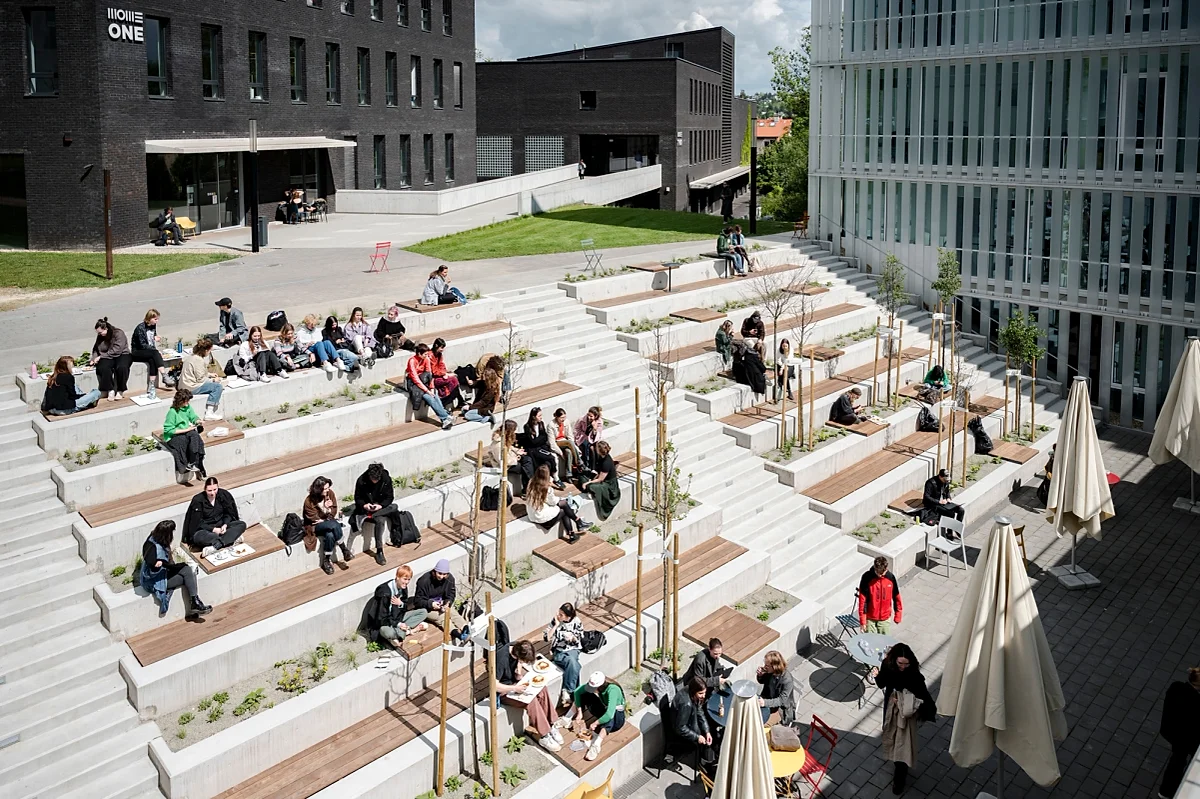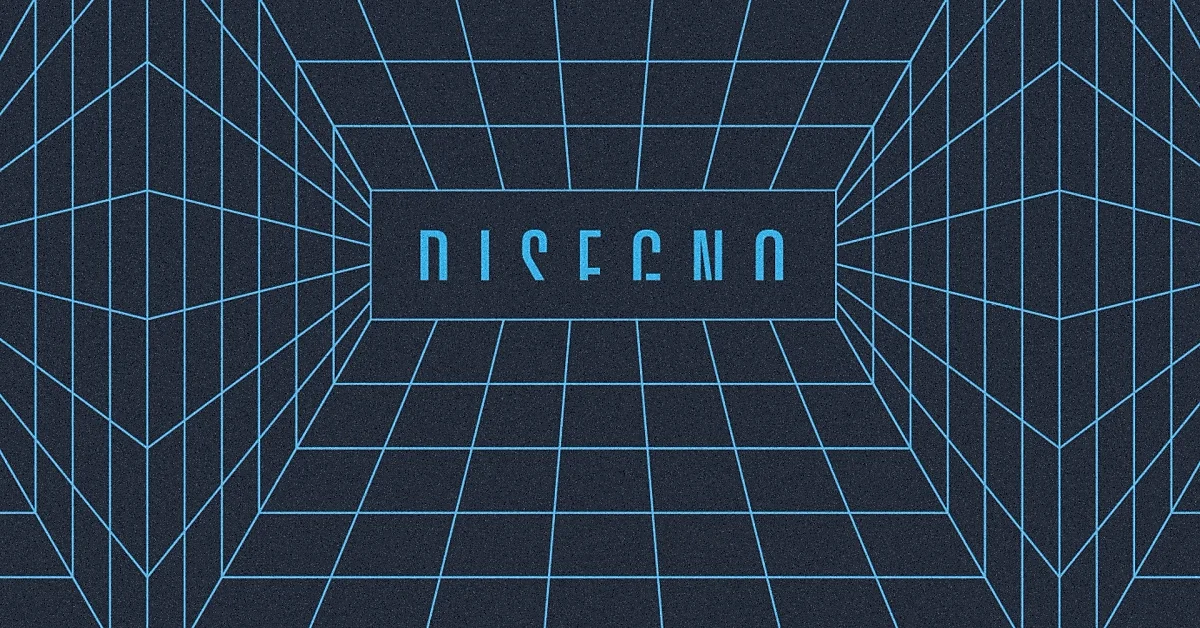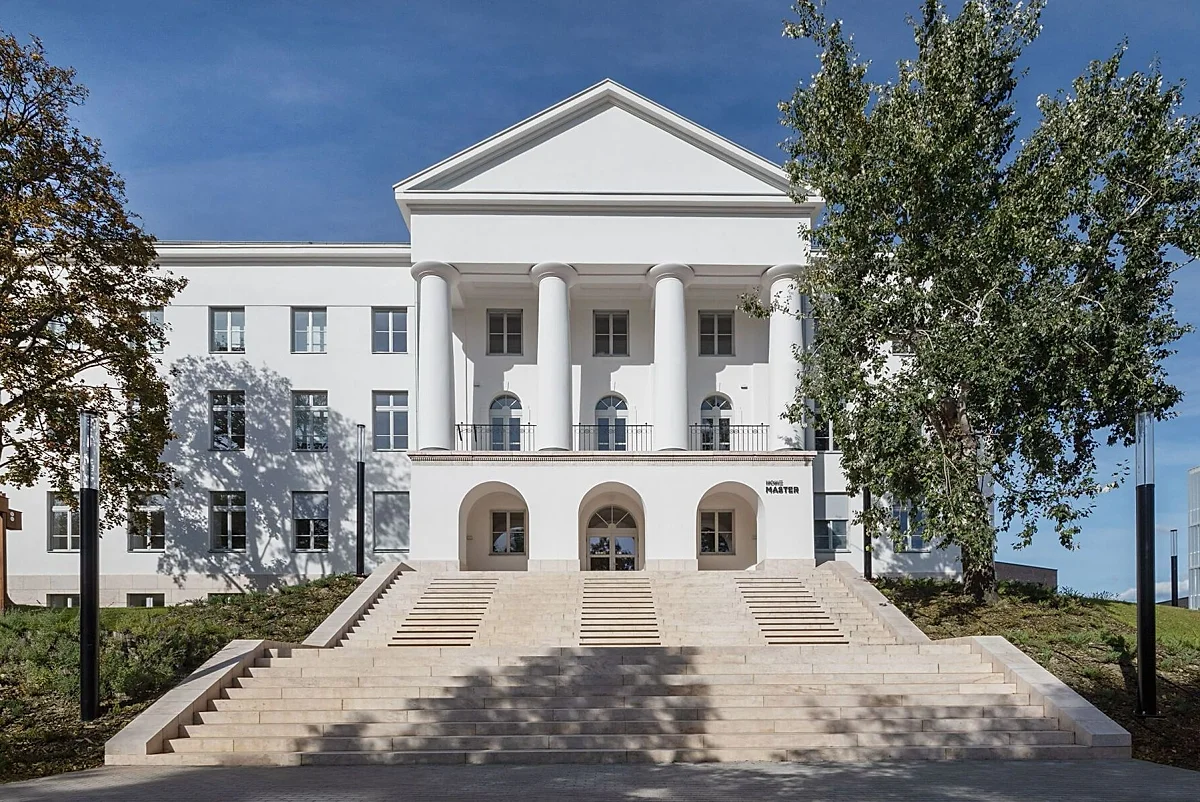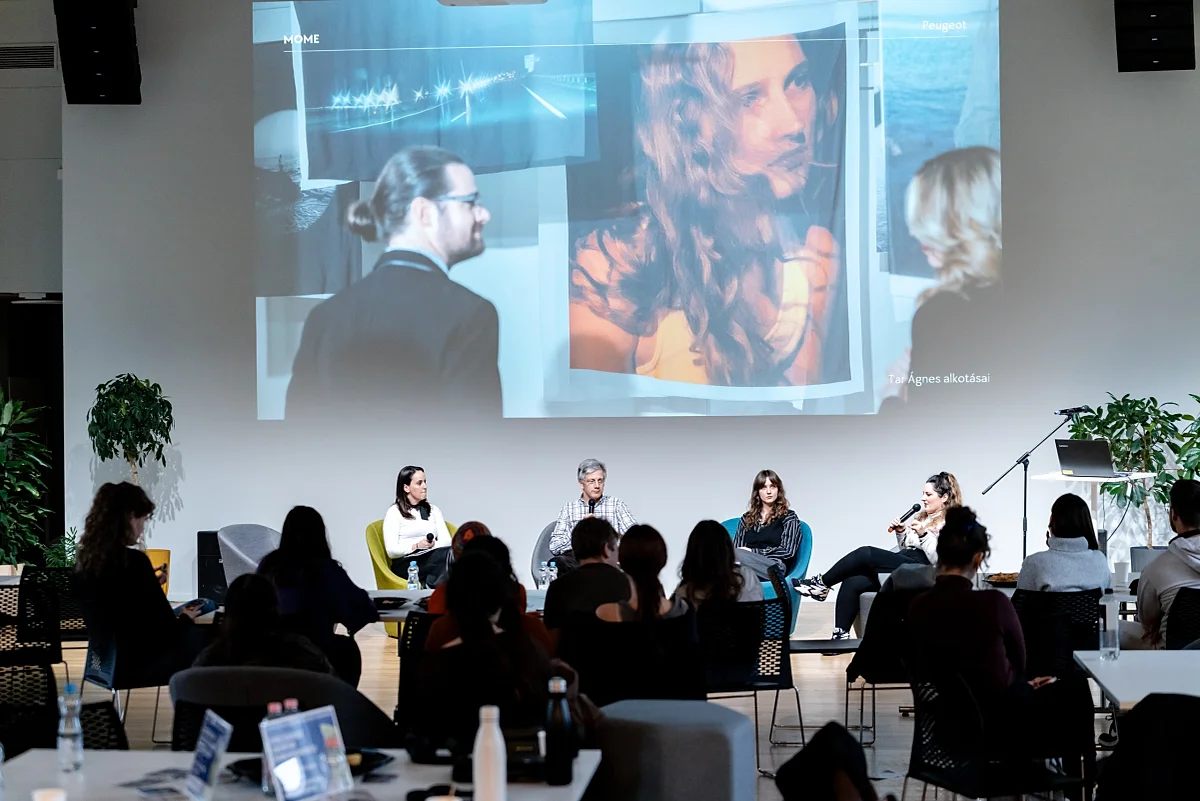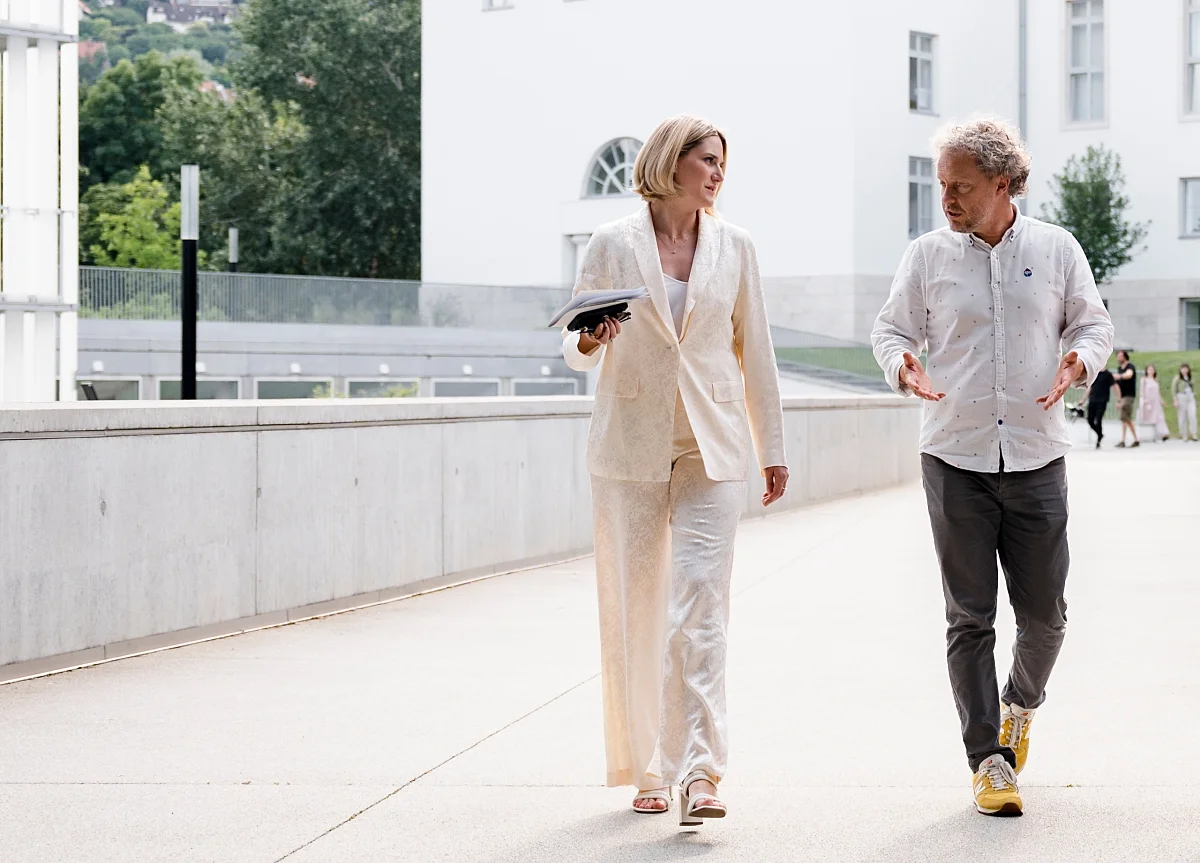
We view change not as a project but as a prospect
How did the need to extensively rethink the university's structure and bring the University of the Future model to life arise?
Dániel Barcza: This development is part of a conscious building process following the campus development and model change aimed at making MOME one of Europe’s leading art and design higher education institutions by 2030. The need to develop a new training model was expressed by the university's board of trustees and management, who saw it as important that the content and approach of our educational programs be future-proof.
What did the development process look like? What were the key milestones in shaping the concept, and what professionals were involved?
Lili Érmezei: First, we conducted analyses to identify the strengths and weaknesses of the current modus operandi, followed by comprehensive change management plans to support the smooth implementation of the new educational model and processes. For maximum transparency, we keep the university community continuously informed about every step of the development process, ensuring everyone knows what is happening and when. We place great emphasis on inclusivity of work, so all stakeholders can actively participate and take ownership of planning and implementing changes. Cognitive psychologists, talent scouts, and education development experts were also involved in developing the model.
How did you incorporate your diverse work experience from your original fields of architecture and organisational psychology into the process?
D. B.: As a landscape architect and sustainability expert, I deal with complex systems. The University of the Future model is a similar complex community-educational-learning structure, where the goal is to help students successfully unlock their talents. It’s like an ecological system where everything is constantly changing, and each participant need to find what they excel at and how they can best contribute to the overall system.
L. É.: As an organisational psychologist, inclusive and transparent collaboration with people, both individually and in teams, from the bottom up, not top-down, is a key focus for me. In implementation, I work to leverage the fundamental mindset that a long-term thinking is the key for organisations to grow. For me, this task is both a noble professional mission and an emotional challenge since MOME is my alma mater, where I completed my MA in Photography. I went on to study organisational psychology at the University of Liverpool before moving to Helsinki. After about thirteen years and building a career abroad, I returned to MOME, which I have a special connection to because I was a student here.
How does the University of the Future tie in with the institution’s 144-year history, Moholy-Nagy’s legacy, and the ethos of the closely related Bauhaus school?
D. B.: The model builds on Moholy-Nagy’s groundbreaking ethos and the university’s incredibly rich tradition dating back nearly one and half centuries. The foundation for the new educational programmes will be free experimentation, discovery, and crossing over into other territories. Students will be required to step out of their comfort zones and tackle unprecedented problems. We live in times of rapid change similar to Moholy-Nagy’s a century ago. During technological explosions, ecological and social crises, human creativity, art, and design thinking become immensely more valuable.

Twenty-nine case studies of innovative higher education institutions were made for the research. How did you select these reference examples? Are there specific solutions that you fully or partially incorporated into the Future University concept?
D. B.: We reviewed the best and most exciting examples, and saw many solutions that inspired our work, including Deep Springs College in the USA, a unique, tiny liberal arts college in the middle of the desert, hundreds of kilometres from the nearest inhabited area. There, community activity, stepping out of one’s comfort zone, and continuous mentoring dialogue between teachers and students play a significant role. We incorporated these aspects into the Classic School programmes. The Design School Kolding in Denmark, which has developed interdisciplinary Master’s programmes along larger themes, allowing students from different majors to work together on future challenges, was also an inspiration. Of course, we also studied the adult education programmes of Aalto University in Finland in relation to the Professional School. However, it’s important to emphasise that, while inspired by these examples, we created our own model that is specific to MOME and authentic here in Central-Eastern Europe. MOME has always walked its own path; we don’t like to imitate others.
What novelty or innovation was specifically invented by MOME? Why is it important and exemplary for a higher education institution to reinvent its operation, and in this manner?
L. É.: Fundamentally, the entire University of the Future is a novelty specific to MOME. From the beginning, this project is about MOME’s own internal development. The University of the Future is specifically tailored to MOME’s values and the needs of the people working and studying here. Seeing how the learning habits of new generations are changing, what new learning paths our incoming students are following, our intention was to adapt our existing structures to these new expectations and challenges.
One of MOME’s greatest values has always been innovation, experimentation, and a proactive approach, and this attitude will always be part of the university. It is important to note that while such developments may seem groundbreaking from the outside, from the inside they are developmental paths from which we ourselves continuously learn, as knowledge is not a constant state but is sustained by continuous building. As mentioned earlier, we naturally involved external experts in these development processes, but we have never outsourced any task, be it organisational restructuring or educational development, to an external partner. We took care of everything in-house from the beginning.
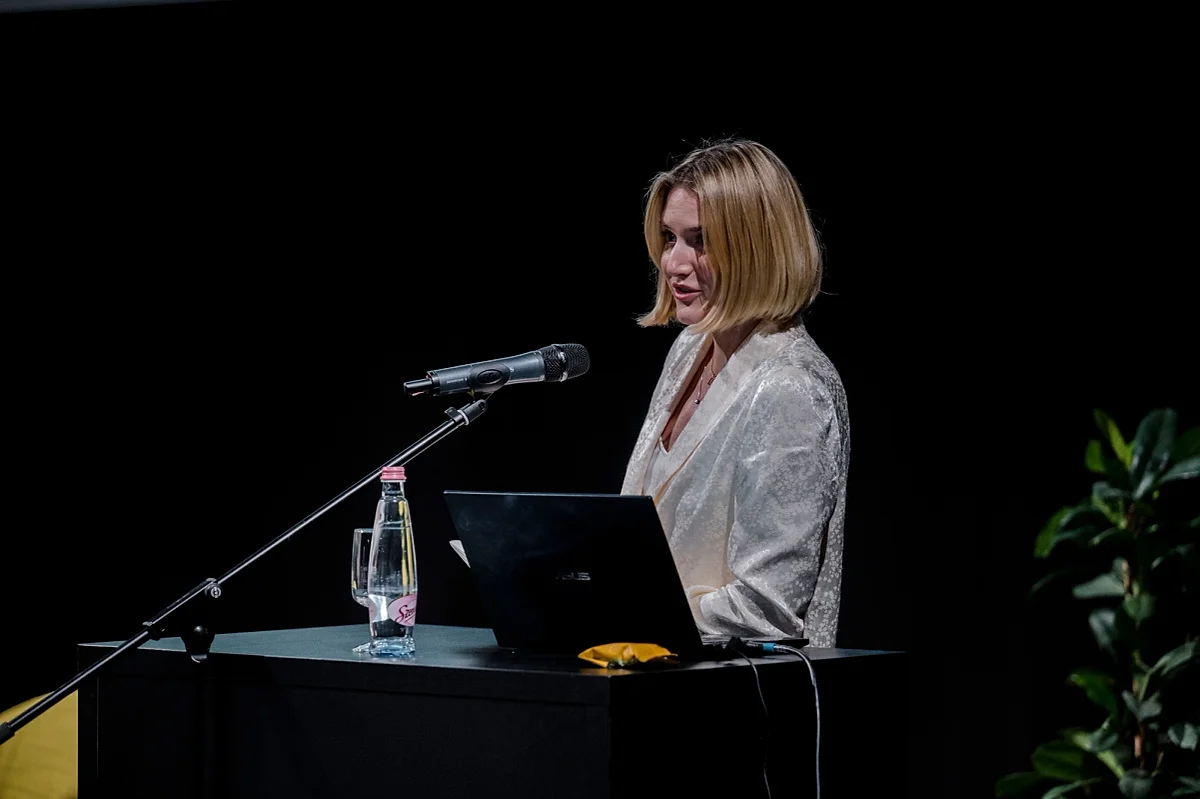
D. B.: As a leading Hungarian and regional institution, we must preserve our traditions, respond to constant market changes, and solve future problems. We cannot neglect any of these. The three schools model provides a clever response to all three challenges, which is rare in today’s world. Currently, universities are moving towards growth, industrialisation, technologisation, and bureaucratisation, which we believe is a mistake. MOME is about people – relationships, dialogues, and exchanges of thoughts and ideas between people. This is the original idea behind the ancient academy and the medieval universitas. We are getting back to this. It is important to remain small, independent, and resilient. Continuous experimentation and renewal are in MOME’s DNA. We cannot and do not want to change this. Experience shows that in a changing world, such institutions can truly succeed.
The University Future is targeted at young people, the next generation. In this changing world, generational behavioural patterns are rapidly transforming. What factors and trends did you consider when developing your educational structure? How do you view Gen Z and Alpha?
L. É.: One of the most important factors we had to consider when developing the new educational structure is that different learning and attention disorders, loss of motivation, anxiety, depression, and lack of a stable future vision are increasingly observed in these generations. We are aware that in the near future, the proportion of students experiencing such difficulties may increase, and so we consider it particularly important to expand the range of services supporting student well-being.
According to recent research, these characteristics not only make traditional learning forms more difficult but also make it increasingly hard for students to stay in university education long-term and integrate. Consequently, students' work is characterised by an eye to detail and analytical thinking, while it is precisely a global focus that could help see and interpret the world comprehensively. Future potential researchers suggest that there will be more adults with analytically thinking, less creativity and poorer social skills. Other analyses indicate that the attention of the next generation is better captured by messages delivered through visual content and stories, and these resonate more strongly with them. These abilities and learning forms can be well developed during university years. Reflecting on these trends, problem-based and collaborative learning will become increasingly emphasised in educational settings, with the roles of educators shifting more towards mentorship and facilitation. The educational and training development approach of the University of the Future is permeated by lifelong learning and lifewide learning – learning that extends to all areas of our lives.
D. B.: Every generation relates to the world differently, which is a fundamentally positive thing. However, bridging generational gaps and fostering dialogue is a challenge. Gen Z and Alpha are very different from the generations before: they learn differently, communicate differently, and value different things. We believe that they should not be the ones to adapt to the old educational system but the other way around. The University of the Future’s educational model is built on this, offering a different educational approach and methods. This issue does not only affect students. Currently, there are at least three generations present in the faculty: Boomers, Gen X, and Gen Y. They do not necessarily understand each other, and almost no university in the world addresses this. We do, and alongside the Student Hub, we are creating an Academic Hub to promote dialogue.
What methods did you use to study and engage the target audience?
D. B.: Almost everyone who worked or is working on this project is a designer or creative artist. We approach such a task differently than an economist or a large market consulting firm. When developing a model, our primary focus is not laws, policy guidelines, financial performance indicators, but students, the community, and the content. We relished the work, utilising almost every possibility in the design toolkit from speculative design to community planning and service design to visual storytelling. We even made a sci-fi comic about future occupations and personas. Hundreds of people are actively participating in this process, including students, teachers, staff, external professionals, and foreign experts. This sort of large-scale inclusive design is unprecedented in higher education in Hungary.
One of MOME’s main goals is talent development. How does the University of the Future define talent, and what skills does it emphasise in education based on this?
L. É.: The most important thing is to consider everyone as a potential talent in talent management, so we focus primarily on talent development. To do this, we create a stimulating and supportive institutional environment that ensures the various talents can reveal and unlock their true potential. This involves skills such as the ability to creatively organise and utilise acquired knowledge and experiences, learning agility, the capacity for continuous relearning and adaptation to various situations, a propensity for flexibility and experimentation, seeking challenges, information, and feedback, a willingness to make mistakes and ask for help, and self-reflection.
D. B.: Everyone is born creative, but without support, we lose our motivation to unlock our creativity at an early age. Unfortunately, after public education, creativity must be relearned, which the Classic School will address. What MOME wants is not for everyone to know the same things by the end of their studies but for everyone to maximise their creative potential. This approach is significantly different from the current general higher education perspective.
Based on this, what is an ideal graduate of the University of the Future like?
L. É.: Proactive and resilient, capable of tackling the challenges of the present and future. Our graduates are self-motivated yet cooperative, given to experimenting, and responsible, with a complex, critical, and creative view of the world, working on solving social and ecological problems using the tools of art, design, and innovation.
To maximise personalisation, the model will offer more flexible learning paths. What is it going to be like in practice?
D.B.: Career paths have changed; a graduate will almost certainly change fields at least three times during their career, requiring continuous learning. This necessitates a flexible training system different from the traditional one.
For example, the Future School is about interdisciplinary collaboration and consciously crossing over into other territories. Here, students can choose which social, ecological, or technological challenge they want to tackle. Depending on their professional attitude, they can also decide whether they want to develop their entrepreneurial, research, autonomous artistic, or innovation competencies.
The Professional School provides short-term specialised skills training, keeping up with continuously changing market demands. Experienced professionals can easily retrain or further their education here to remain competitive. The new system will give students much more freedom to choose what they want to focus on. However, this requires greater awareness and planning from them as well. We will support them in this through personalised mentoring and career support.
How will this new structure affect the educators? How will they adapt to the new system, and what support will they receive?
D. B.: Excellent students require excellent educators. Therefore, it is essential for our educators to be up-to-date. However, incorporating completely new perspectives and methods into teaching is not necessarily easy with many years of teaching experience. The Academic Hub will assist with this, focusing on educator excellence, educational methodology development, and supporting their career paths. This aspect is often overlooked by universities, but for us, it will be a key part of the transformation. Additionally, we will emphasise the development of professional cultures and the establishment of inspiring professional dialogues among teachers, which will be the task of the Knowledge Centres.
In a change of this magnitude, effective implementation is as crucial as a thoughtfully developed concept. How is this process being carried out, and what are the biggest challenges?
L. É.: More than one hundred people have been and continue to be involved in this project, including students, teachers, staff, external professionals, and foreign experts – mostly designers and creative artists. This is an exemplary participatory design and internal development project truly based on the collaboration and collective thinking of the entire community. The twelve working groups set up are working to transform the university's educational and organisational structure and governance system, which will affect the institution's overall operations.
We will keep the university community continuously informed about interim results in an effort to maximise transparency. The entire implementation process is characterised by continuous community dialogue, feedback, and consultations, ensuring community control and support. Our goal is for everyone to feel a sense of ownership in the University of the Future. For this, it is essential for every MOME citizen to be able to define their vision and take ownership of the implementation process. This is our biggest and most exciting challenge.
How will it be ensured that the courses can continuously and dynamically renew over the coming decades? What will make the vision of the University of the Future truly sustainable?
L. É.: We view the current changes and developments not as a project but as a prospect. This internal development will not stop in a year or two but will continue to be a dynamic growth process. The University of the Future is also a programme for the next rector's term, the university's future strategy. Continuous development will be integrated into our organisational culture, as reinvention and experimentation have always been part of us. From an organisational development perspective, we support the institution's operation with continuous feedback mechanisms. This will allow us to create a constructive model based on individual and organisational self-reflection. The goal is for MOME to become a self-developing organisation.
